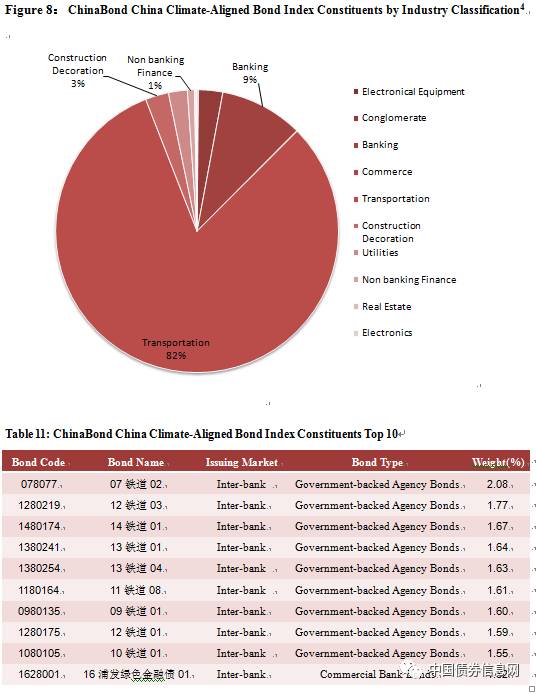# Is a Federal Pell Grant a Loan? Unraveling the Truth Behind Financial Aid
When it comes to financing your education, understanding the various forms of financial aid is crucial. One common question that arises is: **Is a federal P……
When it comes to financing your education, understanding the various forms of financial aid is crucial. One common question that arises is: **Is a federal Pell grant a loan?** This inquiry is essential for students and families navigating the complexities of funding higher education. In this article, we will delve into the intricacies of federal Pell grants, clarifying their nature, benefits, and how they differ from loans.
## Understanding Federal Pell Grants
A federal Pell grant is a form of financial aid provided by the U.S. Department of Education to help low-income students pay for college. Unlike loans, which require repayment, Pell grants are considered "gift aid." This means that students do not have to pay back the money they receive, making it an attractive option for those seeking to minimize their debt burden after graduation.
## The Key Differences Between Grants and Loans
To answer the question, **Is a federal Pell grant a loan?**, it's important to highlight the key differences between grants and loans.
### 1. Repayment
The most significant distinction is that Pell grants do not need to be repaid, while loans must be paid back with interest. This fundamental difference makes Pell grants a more favorable option for students who wish to avoid accumulating debt.

### 2. Eligibility
Eligibility for federal Pell grants is primarily based on financial need, as determined by the Free Application for Federal Student Aid (FAFSA). In contrast, loans may be available to a broader range of students, regardless of financial need, although some loans may still require a credit check.
### 3. Amounts Awarded
The amount awarded through a federal Pell grant can vary based on several factors, including the student's financial need, the cost of attendance at their chosen institution, and their enrollment status (full-time or part-time). For the 2023-2024 academic year, the maximum Pell grant award is $7,395. Loans, on the other hand, can vary widely in terms of the amounts borrowed and the repayment terms.
## Advantages of Federal Pell Grants

### 1. Financial Relief
Since Pell grants do not require repayment, they provide significant financial relief to students and their families. This can alleviate the stress of accumulating student debt, allowing graduates to enter the workforce without the burden of loan repayments.
### 2. Accessibility
Federal Pell grants are widely available to eligible students across the United States, making them an accessible form of financial aid. This inclusivity helps ensure that low-income students have the opportunity to pursue higher education.
### 3. Enhancing Educational Opportunities

By providing financial support, Pell grants enable students to focus on their studies rather than worrying about how to pay for their education. This can lead to better academic performance and higher graduation rates.
## Conclusion
In summary, the answer to the question, **Is a federal Pell grant a loan?** is a resounding no. Federal Pell grants are a form of financial aid that does not require repayment, making them a valuable resource for students seeking to finance their education. Understanding the differences between grants and loans is essential for making informed decisions about funding your college experience. By taking advantage of federal Pell grants, students can reduce their financial burden and focus on achieving their academic goals.